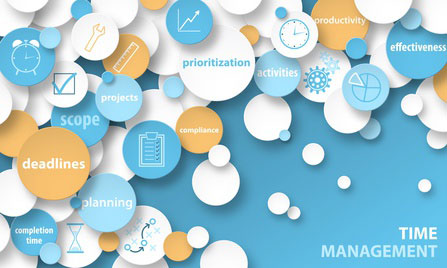The Bullying Management Style
I recently coached a highly technically competent executive who had been playing the role of “the bully” . His role, in which he took great pride, was to provide tough feedback to employees. He would constantly yell, use foul language, and publically criticize poor performers.
When a new senior executive team came onboard, they wanted a culture of accountability and collaboration. The cultural transformation resulted in my client being identified as a potential liability for the company. His manner of communicating no longer fit the bill. In addition to receiving complaints from many of the staff, he was not willing to take input of any kind. He felt that he had been successful with his bullying strategy that he didn’t see why he should change.
Despite having the technical competency that was needed, the new executive team was frustrated and ready to demote him. That’s when the CEO reached out to me to see if there was a way to alleviate this problem.
As an executive turn-around expert and behavioral/executive coach, I listened to the scenario as explained by the CEO. I interviewed the new executive team, my client’s peers and direct reports. They provided candid and painful feedback.
Profile of a Bully
From the very first meeting, I could see that he had all the mannerisms of a bully. I discovered that he was a Vietnam Veteran who did not like to expose any vulnerability. A large man, he held himself aloft, chest thrust out and shoulders back, military – style with a loud, booming voice that intimidated others. Aggression had helped him to survive in the past and he was comfortable using it to keep others in check. This was a scenario that I had seen before and I recognized what needed to be done.
Over several coaching sessions I built trust by asking questions and acknowledging that he was intimidating but I was not intimidated. I explained that, with his permission, I could teach him new strategies that would help him to get along with others and thus, be more effective. I told him that I was there to preserve his role in the company rather than expedite his departure.
Help Others Rather than Criticize
I then gave him some tough feedback sharing the results of my interviews with his staff, peers, and the senior executive team members. I told him that others found him intimidating, that the company felt he was untrainable, and many of his peers didn’t want to work with him because he publically talked negative about others.
I met with him every week, for six months to help him identify behaviors that were working against him. I also began coaching him better ways of coping with problems including the technique of trying to help others, rather than criticizing or threatening them.
Ask Questions and Listen
I also taught him that if he didn’t agree with something another executive said, it would be more helpful to ask questions and listen to others instead of being hostile and verbally aggressive. By doing this, I told him that he would build strength and thus, gain respect from his peers and members of the senior executive team.
Although becoming more collaborative and less intimidating, he experienced a “regression effect” returning to his old behavior. I had previously warned him that under stress, he would “ say the wrong thing to the wrong person at the wrong time and get the wrong result.”
Healing Setbacks
After this incident, I coached him on how to heal that situation by approaching the person whom he had offended and apologizing. By making him accountable for his behavior, he became more considerate of others. The regression effect experience had actually galvanized his learning and development as an executive.
After six months of weekly coaching, I conducted follow up interviews with the same participants as the initial interviews. I learned that everyone was extremely pleased with the behavioral improvements he had made. He now listened to others, was approachable in the workplace, and admitted when he was wrong.
The Result – A Valued Executive
What he had learned was that he didn’t have to come across as the bully. Instead of leading with his strong, military persona, he collaborated with others, and became a highly valued corporate executive.
The result was my client achieved the same corporate goals without bullying and intimidation. In the end, this soldier “won the war” by courageously showing his “softer side.”
For the executives who are too costly to lose but too difficult to keep, The Heller Group helps break the blockage that is costing companies time and money by facilitating change within organizations, leading to:
• Increased productivity
• Innovative thinking
• Increased executive team performance
• Aligned leadership and staff
• Improved employee morale
• Higher retention
• Smoother transitions.
Bruce Heller, Ph.D. has worked with some of the top companies in technology, entertainment, pharmaceutical & medical device companies, manufacturing, scientists and engineers bringing them a proven set of strategies that resolve issues and help them get back to being effective and productive executives.







